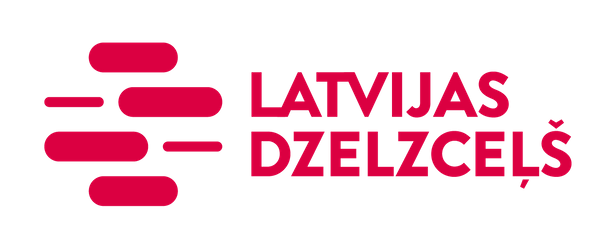State Joint Stock Company “Latvijas dzelzceļš” (LDz, Latvian Railway) continues to carry out the project “Illumination of the railway bridge over the river Daugava in Riga” during nighttime. According to the established order there was announced a tender which finished at the beginning of August. LDz selected a company Kolorīts Ltd that has got a significant experience in similar projects. Practically the works are done by a subcontractor Juniks Ltd in collaboration with the experts from Technical Management Department who consult the contractor on the technical issues and supervises the works for the railway bridge is a complex engineering technical construction. The works are also supervised by the staff of Technical Management Department for they are connected with the security of train traffic.
Currently the railway bridge over the river Daugava is already partly illuminated and it has been noticed by the inhabitants of Riga; an interest in this project increases rapidly. The illumination works of the bridge are being organized into two phases. The first phase will be finished by 18 November, but the second phase – before Christmas, when the bridge will be illuminated for Christmas and a New Year. There will be two kinds of illuminations – everyday and festive. The lighting will be two-coloured – blue and white. These are the colours of Riga flag. The Council of Riga is very delighted about this project because the railway bridge will become a magnificent element of the visual image of the city when the illumination works will be finished. It is planned to illuminate the piers, columns and arches of the bridge. The project costs more than 200 000 lats and is funded by SJSC “Latvijas dzelzceļš”.
Information on the railway bridges over the river Daugava in Riga
- The first railway bridge over the river Daugava was opened on 1 January 1873 in the line Riga-Bolderāja.
- Before the First World War the bridge was recognized as unsuitable for intensive traffic. Therefore, in 1914 a new railway bridge was built, but the former one was sold to the Council of Riga to provide traffic across the river.
- The construction of the new railway bridge was connected with Riga railway junction reconstruction plan of Riga-Orla railway, confirmed on 27 February 1902.
- The construction of the bridge was started in 1909 and the opening was celebrated on 11 May 1914. The bridge had eight spans and an open span on the right bank of Daugava and operated with two electromotors. They were constructed following the system introduced by an engineer Sercer. The trusses were designed by the engineers – P. Voznesenskis and A. Zibers. They were made in Warsaw. The piers were made by an engineer A.Cimmermanis by using limestone from Kalnciems, granite from Krāslava, stones from Finland for the starlings.
- During the First World War on 2 September 1917 two spans of the bridge were blown up when the 12th Russian army drawn back. The German army reconstructed the bridge and it was used until the Second World War.
- At the beginning of July 1941 the bridge was blown up by the sappers of the Red Army. The German army reconstructed the bridge, but in October 1944 all the spans were completely destroyed when the German army drew back.
- From 1945-1951 traffic across Daugava was organized by using the temporarily built Soviet army bridge, which was constructed in the same place as the previous bridge over Daugava.
- The present bridge was built from 1947-1950 on the piers of the bridge constructed in 1914. It was planned by an engineer A. Starcevs.

